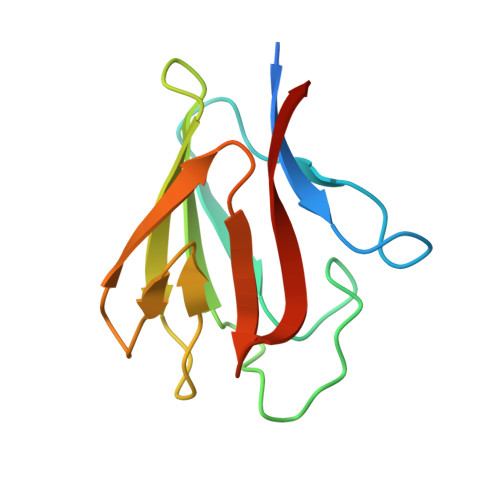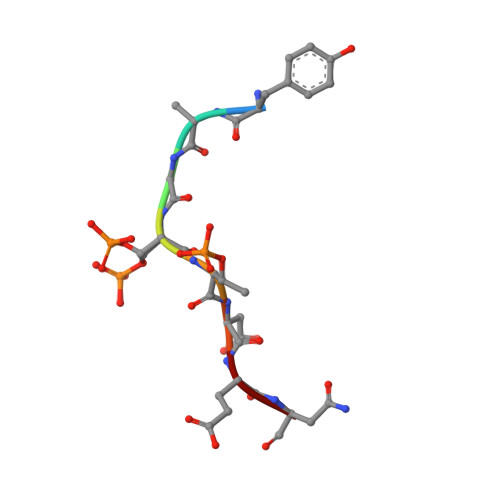Specific Recognition of a Multiply Phosphorylated Motif in the DNA Repair Scaffold Xrcc1 by the Fha Domain of Human Pnk.
Ali, A.A.E., Jukes, R.M., Pearl, L.H., Oliver, A.W.(2009) Nucleic Acids Res 37: 1701
- PubMed: 19155274
- DOI: https://doi.org/10.1093/nar/gkn1086
- Primary Citation of Related Structures:
2BRF, 2W3O - PubMed Abstract:
Short-patch repair of DNA single-strand breaks and gaps (SSB) is coordinated by XRCC1, a scaffold protein that recruits the DNA polymerase and DNA ligase required for filling and sealing the damaged strand. XRCC1 can also recruit end-processing enzymes, such as PNK (polynucleotide kinase 3'-phosphatase), Aprataxin and APLF (aprataxin/PNK-like factor), which ensure the availability of a free 3'-hydroxyl on one side of the gap, and a 5'-phosphate group on the other, for the polymerase and ligase reactions respectively. PNK binds to a phosphorylated segment of XRCC1 (between its two C-terminal BRCT domains) via its Forkhead-associated (FHA) domain. We show here, contrary to previous studies, that the FHA domain of PNK binds specifically, and with high affinity to a multiply phosphorylated motif in XRCC1 containing a pSer-pThr dipeptide, and forms a 2:1 PNK:XRCC1 complex. The high-resolution crystal structure of a PNK-FHA-XRCC1 phosphopeptide complex reveals the basis for this unusual bis-phosphopeptide recognition, which is probably a common feature of the known XRCC1-associating end-processing enzymes.
Organizational Affiliation:
Cancer Research UK DNA Repair Enzyme Group, Section of Structural Biology, The Institute of Cancer Research, London SW3 6JB, UK.


















